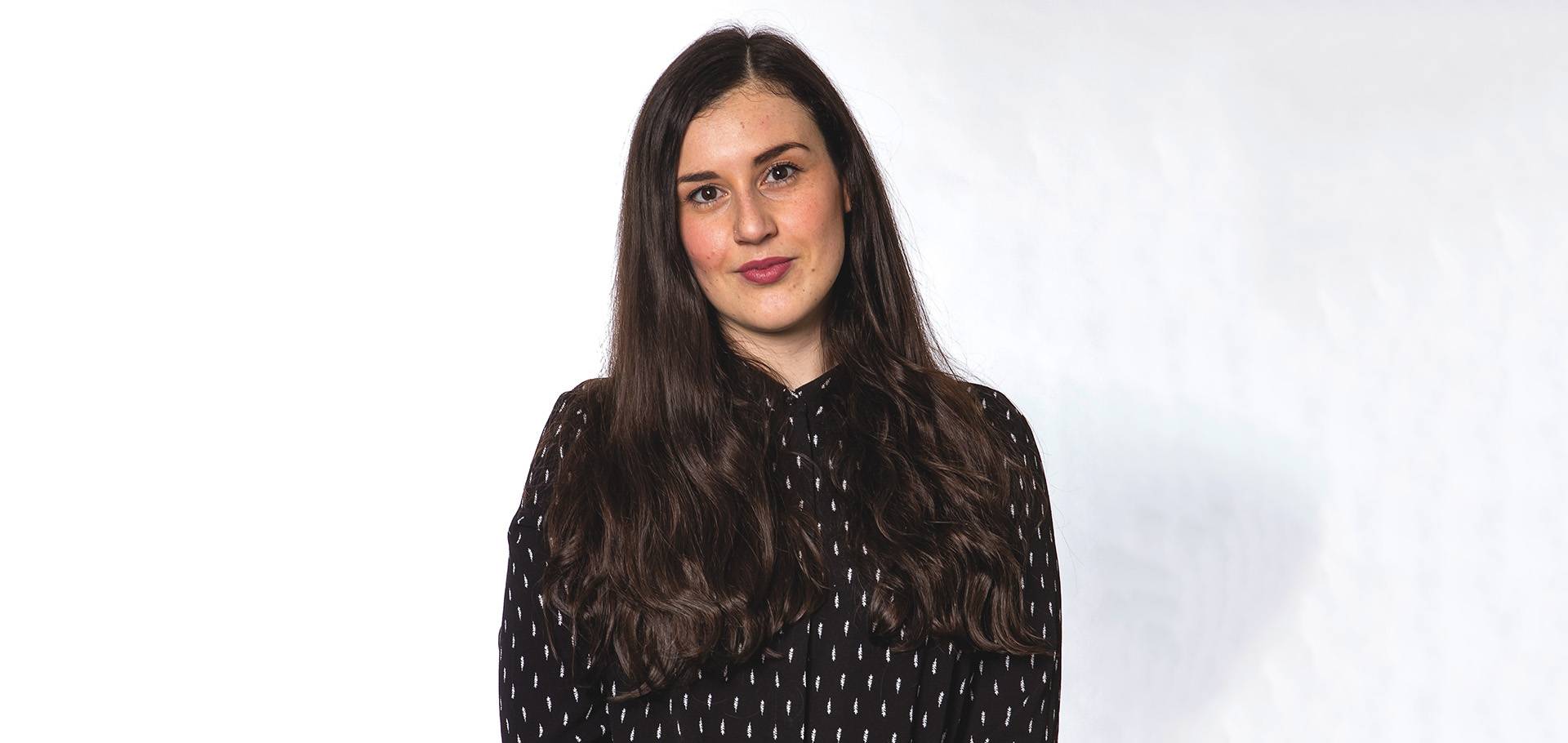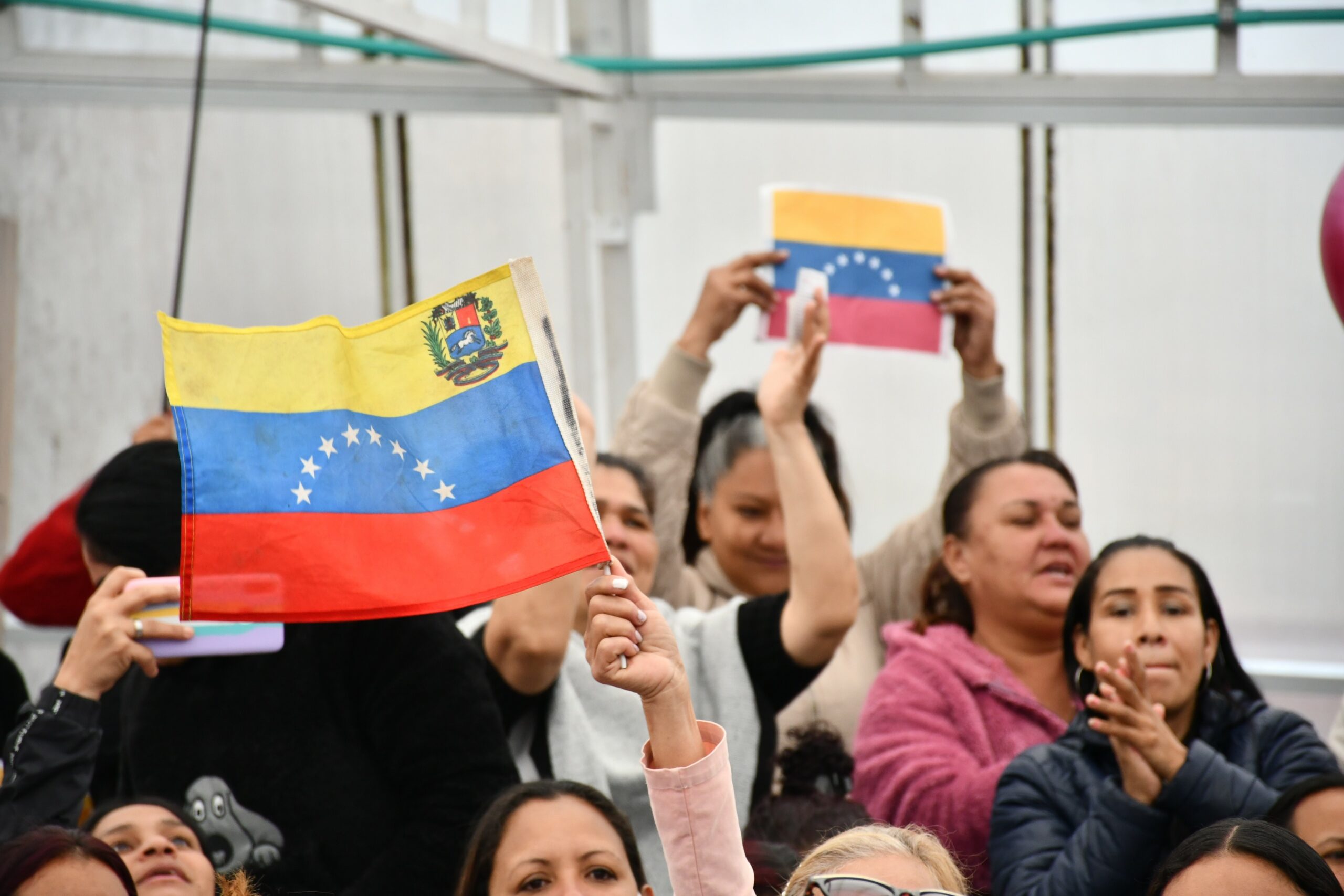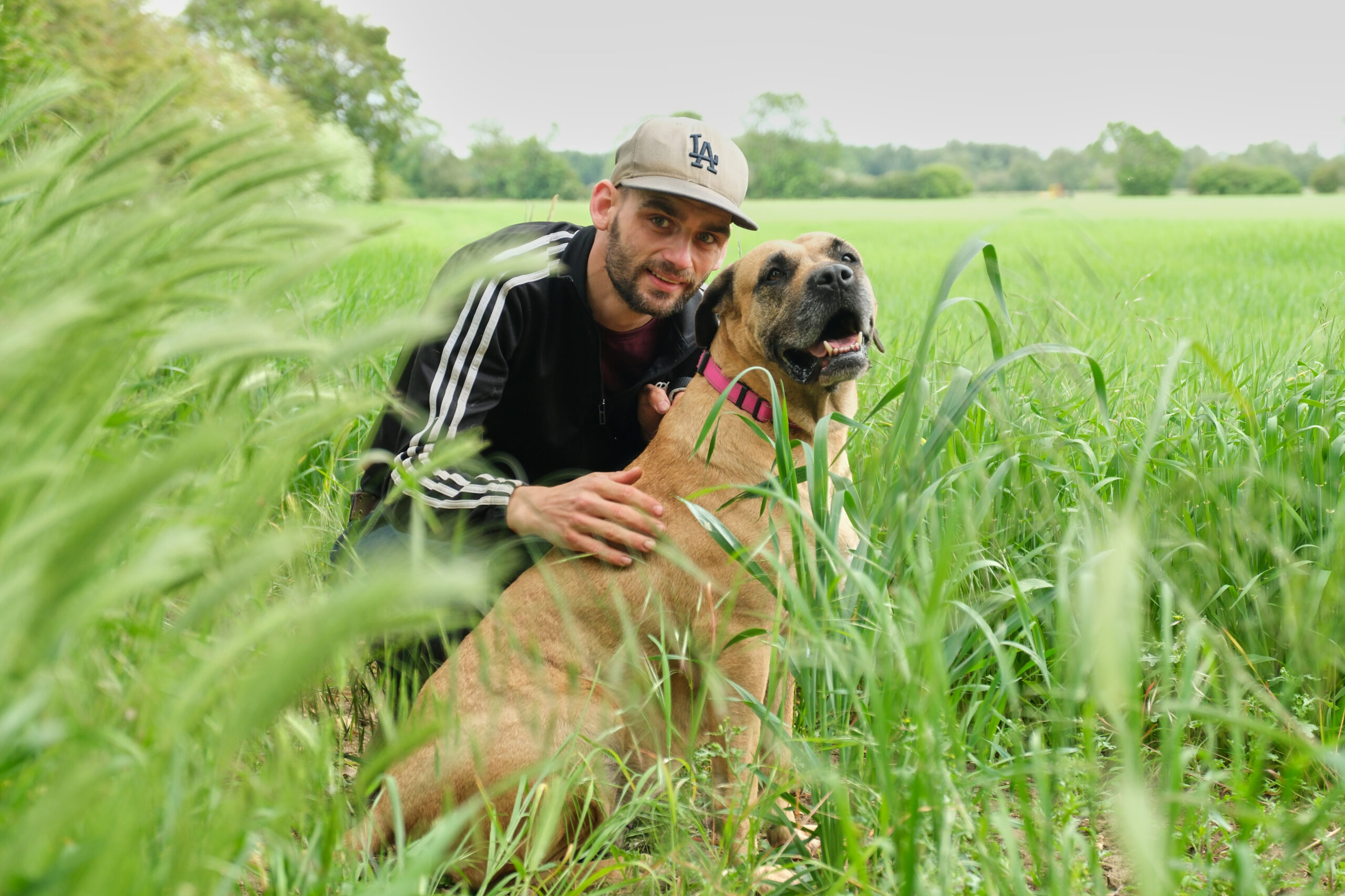The coronavirus pandemic has laid bare a few truths for us all to face up to once all this is over. There’s the new definition of “essential workers”, and the realisation that there has to be a tangible way for society to repay those who stepped up when the rest of us stood down. There’s the dawning realisation that maybe our old lives weren’t all that after all, and that maybe all we really need to feel happy is good mates, good conversation and a table to sit around.
And now, there’s another truth for people to take note of: the fact that poverty kills.
Last week ONS stats showed the death rate for coronavirus in deprived areas of England is more than double that found in richer locations.
For those who like numbers, the data shows that the mortality rate for the most deprived areas in March and early April was 55.1 deaths per 100,000 people, compared with 25.3 deaths per 100,000 in the least deprived areas.
Experts were worried, but not surprised. David Buck, senior fellow at the King’s Fund, said the ONS data shows the coronavirus pandemic “follows the pattern of nearly all other illnesses” in hitting the poorest hardest.
The link between poverty and poor health is no secret. The healthy life expectancy gap between the most and least deprived parts of the UK is 19 years – that’s almost two decades of precious years on this earth granted to someone just because they are born richer.
Meanwhile, a person living in poverty faces various hurdles to climb when it comes to living a healthy life.
People living in poorer areas often struggle to access nutritious food. Experts refer to these areas as “food deserts” – neighbourhoods where poverty, poor public transport and a shortage of big supermarkets severely limit access to affordable fresh food such as fruit and vegetables.
These are areas where expensive corner shops and cheap takeaways hold the monopoly on what people eat, areas where even the most talented cooks would struggle to source the ingredients to prepare a decent hot meal before giving up and finding solace in a Rustlers burger or a Chicago Town pizza. No locally grown rhubarb or adorable sprigs of wild garlic here, just limited supplies of extortionately priced green bananas and bags of dry, hard to peel oranges – no wonder people are ill.
People living in poverty have no choice but to go out to work when others don’t. People living in poverty often do so in cramped spaces, with limited access to outdoor areas such as gardens and green spaces.
And there are other factors. Austerity is one place to point the finger. Last year, the budget for public awareness campaigns on smoking was slashed by a quarter. IPPR analysis shows that £850 million has been cut from local public health budgets in the last five years. The poorest places have been hit first and worst – shouldering £1 in every £7 cut.
In short, the services that provide people the support they need to live healthily – and to remain resilient to “health shocks” like coronavirus – have been cut hard and repeatedly during the austerity decade.
Back in March, Madonna posted a bizarre video clip on her Instagram page, where she claimed the coronavirus to be “the great equaliser”. But the stats show that once again, it’s poorer people who suffer most.







Leave a reply
Your email address will not be published.